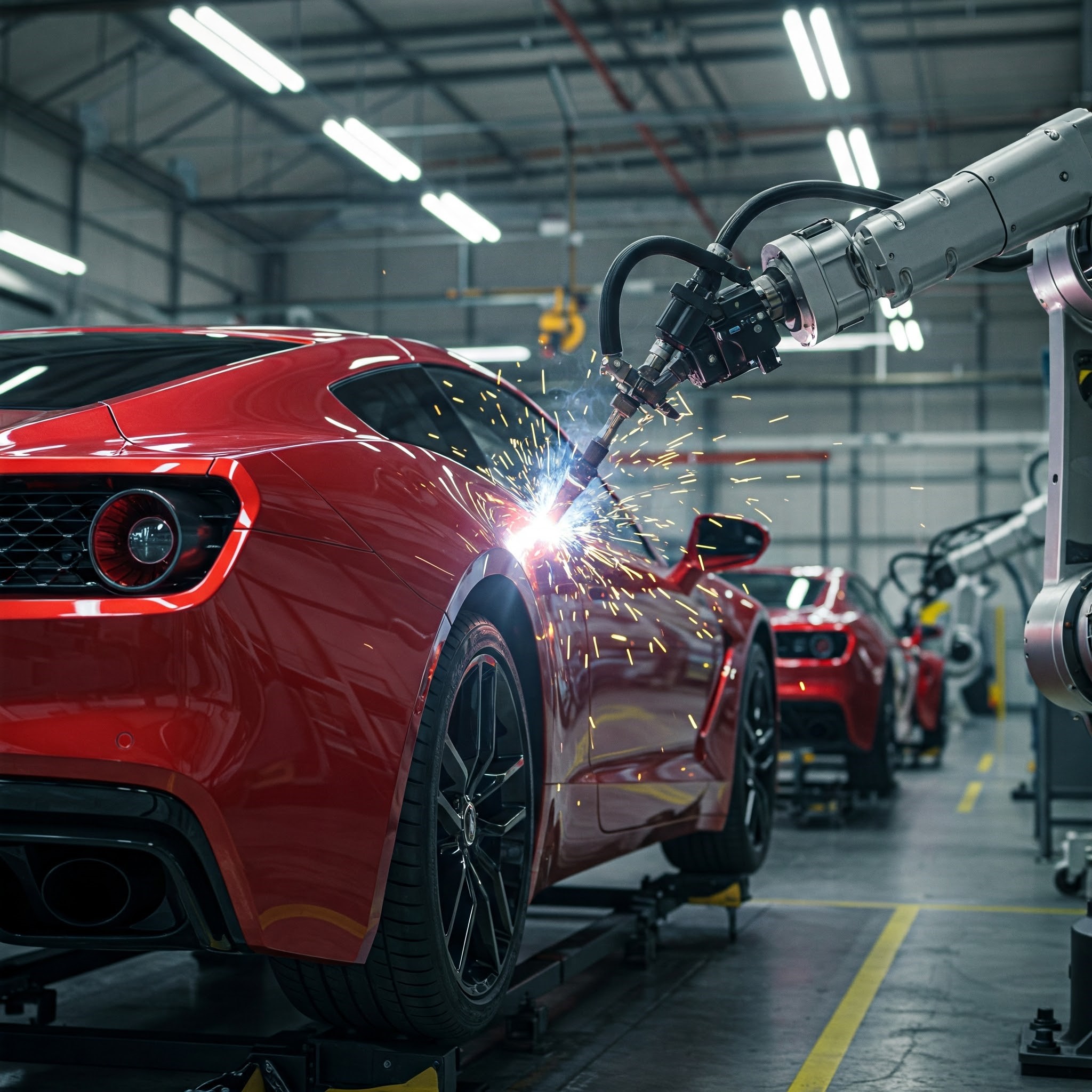The integration of robots into the manufacturing industry is rapidly transforming the way products are made. While this technology offers many benefits, such as increased efficiency and productivity, it also raises concerns about the future of tradesmen and professionals.
The Impact of Robots on Tradesmen
Robots are capable of performing a wide range of tasks that were traditionally done by tradesmen. This includes tasks such as welding, assembly, and painting. As a result, many tradesmen are concerned about their jobs being replaced by machines.
However, it is important to note that robots are not a replacement for tradesmen. In fact, they can actually help to improve the skills of tradesmen. For example, robots can be used to perform tasks that are too dangerous or difficult for humans to do. This can free up tradesmen to focus on more complex tasks.
The Impact of Robots on Professionals
Robots are also having a major impact on the professional world. For example, robots are being used to develop new products and services. This can lead to increased competition for professionals.
However, robots can also help professionals to be more productive. For example, robots can be used to automate tasks such as data entry and analysis. This can free up professionals to focus on more strategic tasks.
Large Companies Investing in Robotics
Large companies are investing heavily in robotics. For example, Tesla is using robots to build its cars. Amazon is using robots to fulfill orders. And Google is using robots to develop new products and services.
This investment in robotics is only going to continue to grow. As a result, it is important for tradesmen and professionals to be prepared for the future.
The Future of Tradesmen and Professionals
So, what does the future hold for tradesmen and professionals?
It is important to remember that technology is constantly evolving. As a result, it is difficult to predict the future with certainty. However, it is likely that tradesmen and professionals will need to adapt to the changing landscape.
One way to do this is to acquire new skills. For example, tradesmen may need to learn how to program and operate robots. Professionals may need to learn how to use AI-powered software.
Another way to adapt is to find new and innovative ways to use technology. For example, tradesmen may be able to use robots to create custom products. Professionals may be able to use robots to develop new and innovative products and services.
Conclusion
The integration of robots into the manufacturing industry is having a major impact on the way products are made. However, it is important to remember that robots are not a replacement for tradesmen and professionals. Instead, they can be used to help them to be more skilled and productive.

